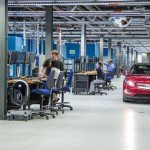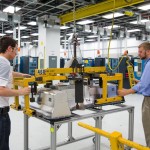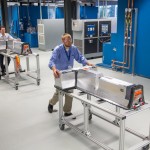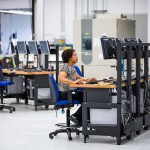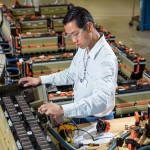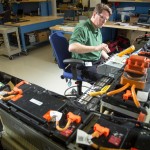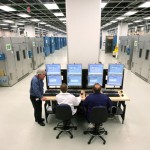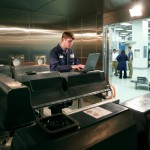General Motors has nearly tripled the size of its Global Battery Systems Laboratory, cementing the lab’s stature as the largest battery lab in North America owned and operated by a major auto manufacturer.
GM has clearly been taking a closer look at electric cars in general, already producing some highly credible and useable examples already on the market. With the likes of Tesla Motors setting the industry alight with rave reviews about their all electric Model S, GM setup a committee especially to look closer at what they were up to.
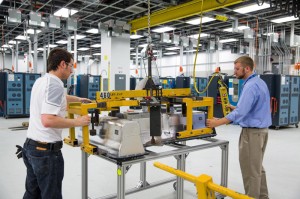
It’s no surprise that battery technology is area with most room for improvement. With petrol engines putting out approximately 40% efficiency, the research and development on them is to try and increase that efficiency to higher levels. However, electric motors have (for a long time) given out approximately 80%, or sometimes higher, efficiency – that is to say the amount of energy you put in that is able to be used at the wheel. Therefore, research and development is better placed in the battery tech which is likely to make the big differences in charge time and range; the only two real factors holding electric cars back.
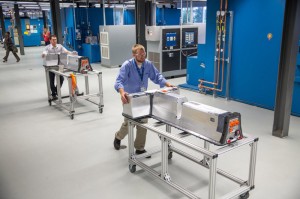
The latest addition of 50,000 square feet brings to 85,000 the total square footage of the lab. The expansion made possible the increase in the number of pack-level test channels from 64 to 112 and cell-level test channels from 96 to120.
“In the past four years, the competitive landscape in the electrification space has grown exponentially. This has required us to raise our game and draw a new line in the sand. To maintain our battery leadership, this additional real estate is filled with new capability that will help us improve speed to market for our next generation of battery systems and help us improve the value equation to our customers around the world.”
Said Doug Parks, GM vice president, global product programs.
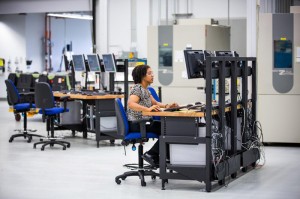
GM’s Global Battery Systems Lab has been responsible for testing and validating both battery cells and packs for all of GM’s vehicle electrification systems, including the battery systems for the Chevrolet Volt (Vauxhall/Opel Ampera), Cadillac ELR, Chevrolet Spark EV and GM’s eAssist light electrification system.
The additional capabilities of the lab expansion include:
- Dedicated equipment for future vehicle battery system development such as charger development and testing, cord set testing and competitive benchmarking:
- Building prototype battery packs for vehicle development programs; and:
- The ability to act as the hub for validation and testing of all battery systems designed for use in future GM vehicles around the world.
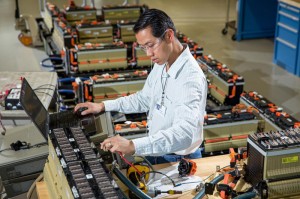
The lab will also play a critical role in assuring GM’s current generation of electric vehicles maintain their battery leadership position. Teams will validate and test updates to existing chemistries and system designs to make the most of performance and reduce cost. For example, updates were made to the battery system in 2013 Chevrolet Volt (Vauxhall/Opel Ampera) that added three miles of EV range.
“GM is committed to vehicle electrification and our products in this area must continue to excite customers. A critical part of this plan is to deliver safe, reliable and affordable energy storage systems. The new capabilities of this lab will enhance our engineers’ ability to design, develop, process and validate class-leading products to meet the needs of our growing customer base.”
Said Larry Nitz, GM’s executive director of global electrification engineering.
In addition to the lab in Michigan, GM also operates battery labs in Shanghai, China, and Mainz-Kastel, Germany, which are tasked with testing and validation of battery cells, packs, and advanced battery system development. Teams at the China, Germany and Michigan labs work collectively to test battery systems around the clock to reduce validation time.
Source; General Motors
